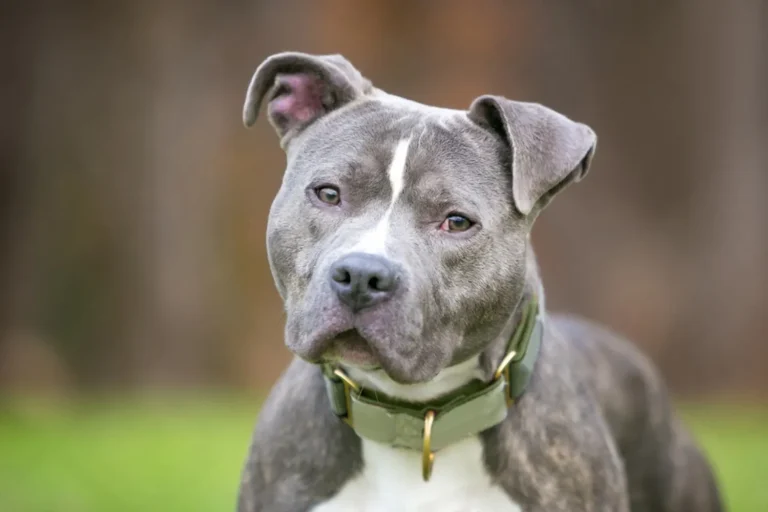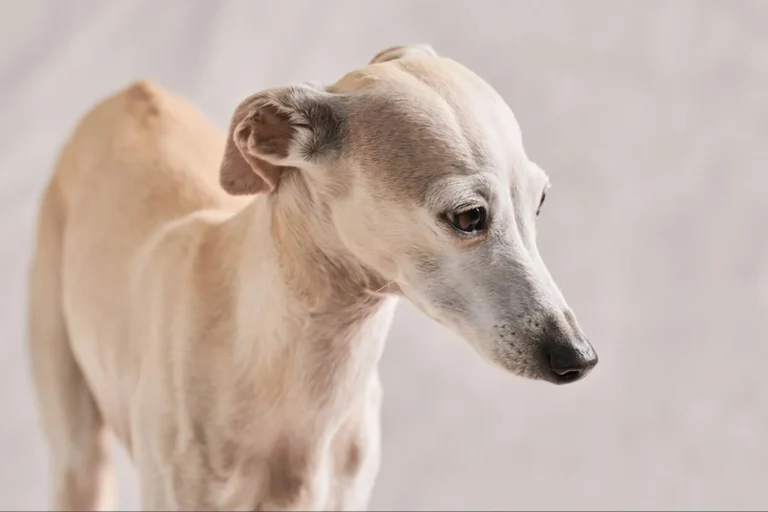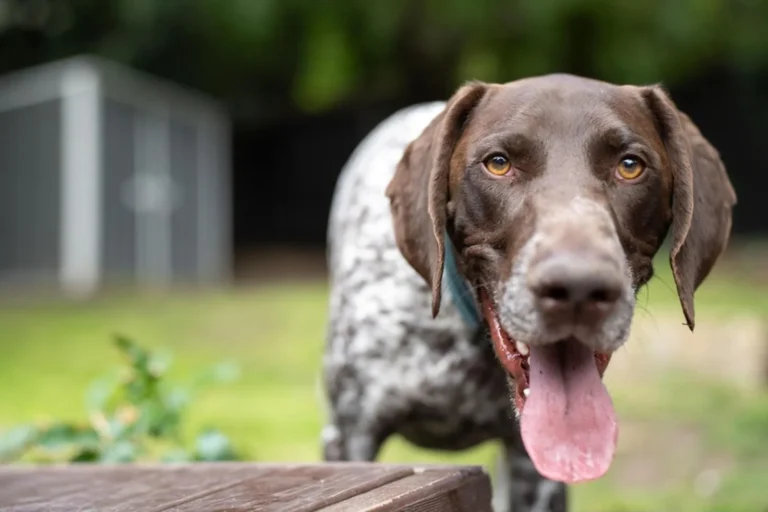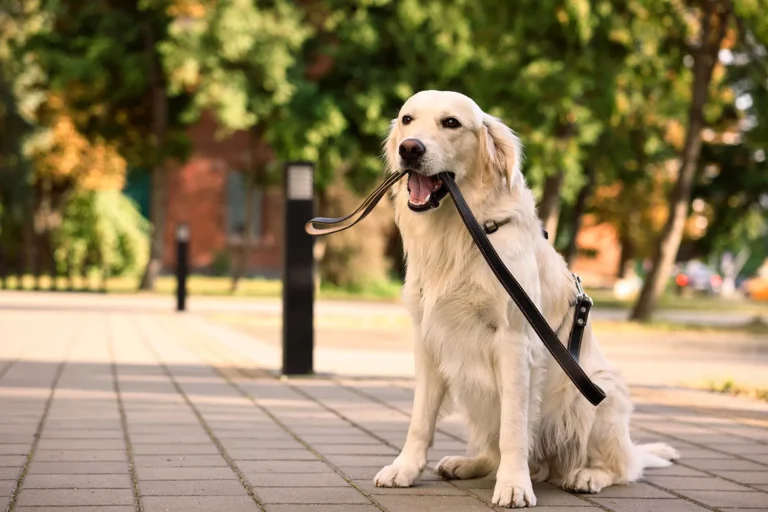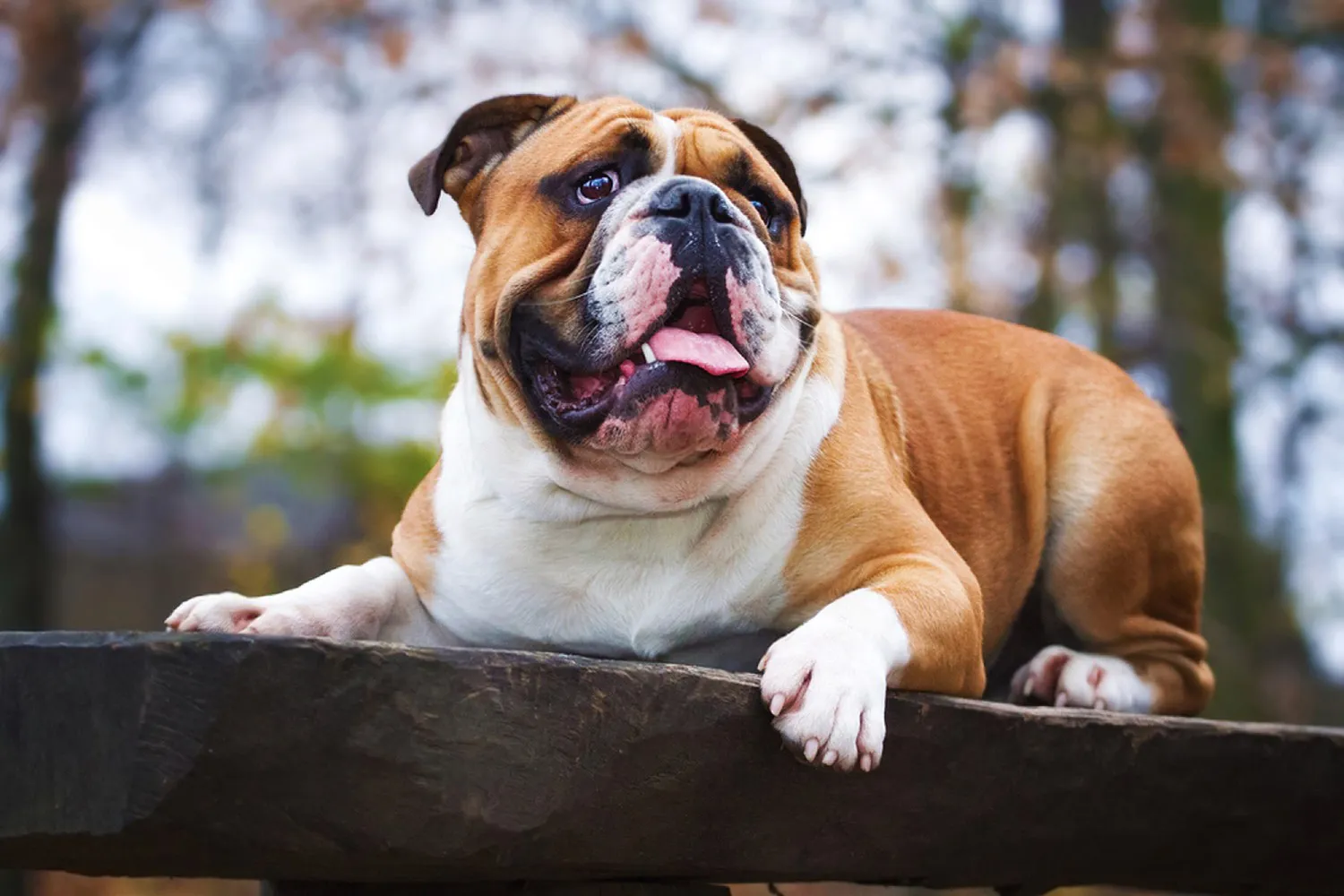
Bringing home a new dog is the kind of excitement that makes you rearrange your whole day and maybe your whole life. Before you fall for the first pair of soulful eyes, think about how your new buddy will fit in with the crew you already have. If there are kids or other pets, ask the shelter or breeder for a proper meet and greet. Watch for relaxed body language, gentle curiosity, and how easily the dog recovers from surprises. My terrier used to ignore chaos from visiting nieces after a long walk. On the flip side, a friend’s sweet shepherd adored toddlers but needed time to get used to scooters zipping by. Little details like that matter.
Then there’s energy. Be honest about how much exercise you can give, not just on sunny Saturdays but on rainy Tuesdays too. I once swore I’d jog every morning with a young hound; February reminded me I’m more of a “hot cocoa and puzzles” person. The dog still needed a job, so we added sniff walks and puzzle toys to keep him happy. Training is the other big piece. Even “easy” dogs do best with consistent, short sessions. Puppy kindergarten saved my sanity teaching “settle” and loose leash walking changed everything. And don’t underestimate size and strength. I once did an accidental sidewalk waterski behind a Great Dane until we switched to a better harness and put in the reps.
Extra credit: consider grooming needs, your tolerance for barking, your budget, and any landlord rules. Make a checklist, talk to rescues or breeders, meet more than one dog, and sleep on it. The right match feels less like work and more like coming home.
American Bulldog: Origin & History
Long before they were family goofballs on our sofas, American Bulldogs got their start from the tough English Bulldogs used in the 17th century for bull baiting. When those old sports faded, the dogs’ grit and brawn found better use across the Atlantic. Farmers brought them to the United States as all purpose working dogs guarding homesteads, helping with livestock, and hauling whatever needed moving. I once met an American Bulldog at a feed store in Mississippi who calmly dragged a loaded cart to his owner’s truck like it was nothing, then flopped over for belly rubs. That’s the breed in a nutshell: capable and cuddly.
As the dogs settled into rural life, they were selectively bred with other working lines to sharpen the traits that mattered on the farm strength, stamina, and a good head on their shoulders. The world wars hit the breed hard, though, and their numbers plummeted. Dedicated breeders, many in the American South, kept the flame alive. A breeder I chatted with in Georgia told me her grandfather kept a pair strictly for farm chores during those lean years, and those dogs became the backbone of their current line.
With time, people noticed that beneath the muscle was a friendly, devoted companion. The American Bulldog found its way from fields to family rooms, and even onto the sidelines as a mascot for sports teams and universities those broad heads and steady eyes just scream school spirit. Official recognition followed: the United Kennel Club recognized the American Bulldog as a distinct breed in 1999, and the American Kennel Club added them to its Foundation Stock Service in 2019. Today you’ll spot them in various dog sports weight pulling is a favorite and they thrive when given a job to do. If you bring one home, plan on purposeful play, clear training, and plenty of exercise. They’ll pay you back with loyalty you can feel every day.
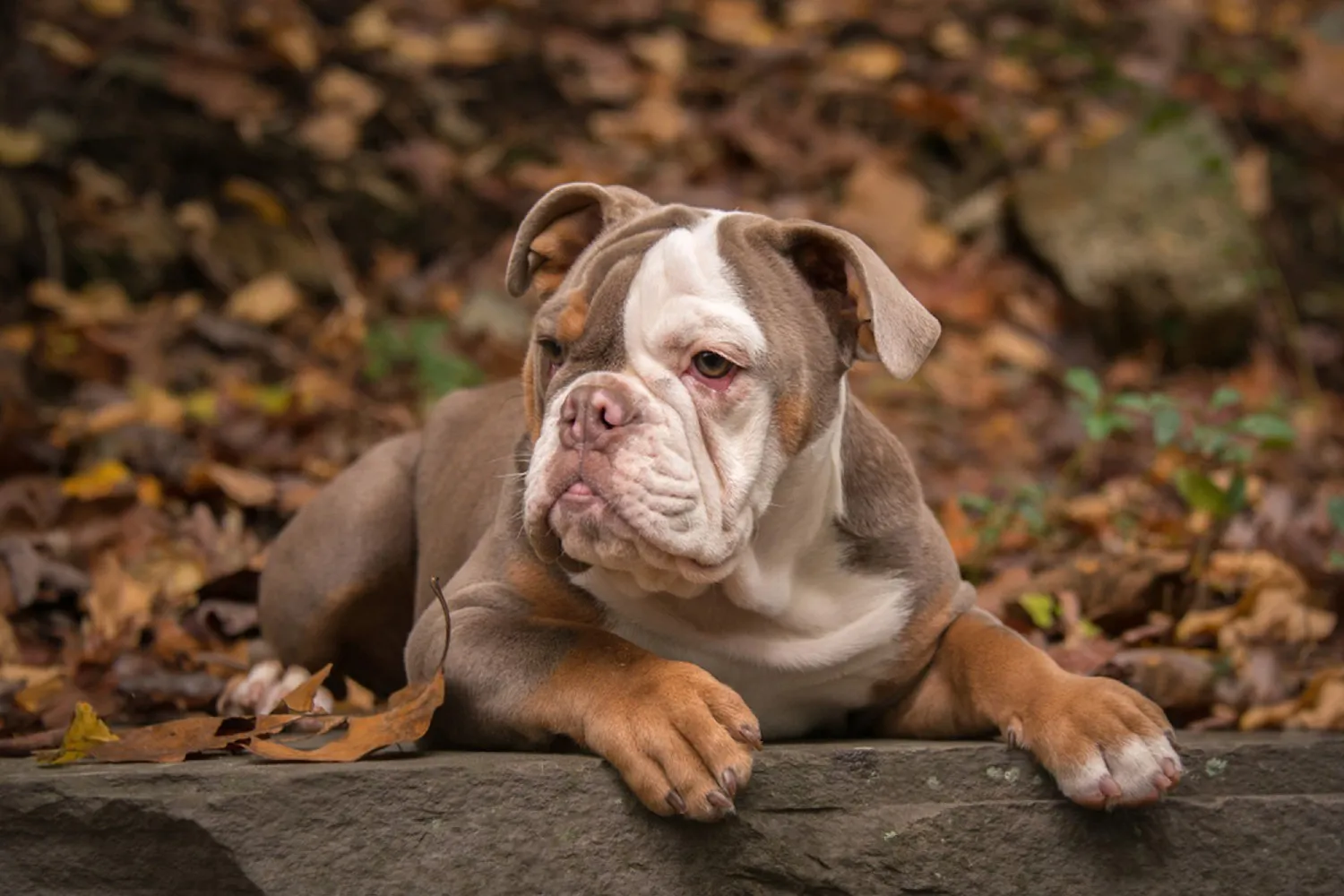
What Is an American Bulldog?
An American Bulldog is built like a little powerhouse strong, agile, and surprisingly athletic. They come in a handful of striking color combinations, from all white to white with black, brindle, brown, or tan patches. That short, sleek coat really shows off their broad heads and those muscular shoulders that give them a stocky, confident look. I still smile thinking about the first American Bulldog I met at the park he moved like a sprinter but leaned in for head scratches like a total softie.
Don’t let the tough exterior fool you; they’re famously loyal and friendly, and many are absolute cuddle champions. My friend’s American Bulldog believes he’s a 70-pound lap dog and will gently nudge your hand until you oblige. Around kids, they’re generally wonderful patient, affectionate, and protective. As with any large, enthusiastic dog, I recommend supervising playtime and teaching polite greetings early on so they don’t accidentally bowl anyone over in their excitement.
If you’re considering one, plan for daily exercise and mental stimulation brisk walks, a game of fetch, or a good puzzle toy go a long way. They thrive on being part of the family, so include them in your routines, give consistent training with lots of praise, and save a spot on the couch. Odds are, they’ll end up right beside you, happy as can be.
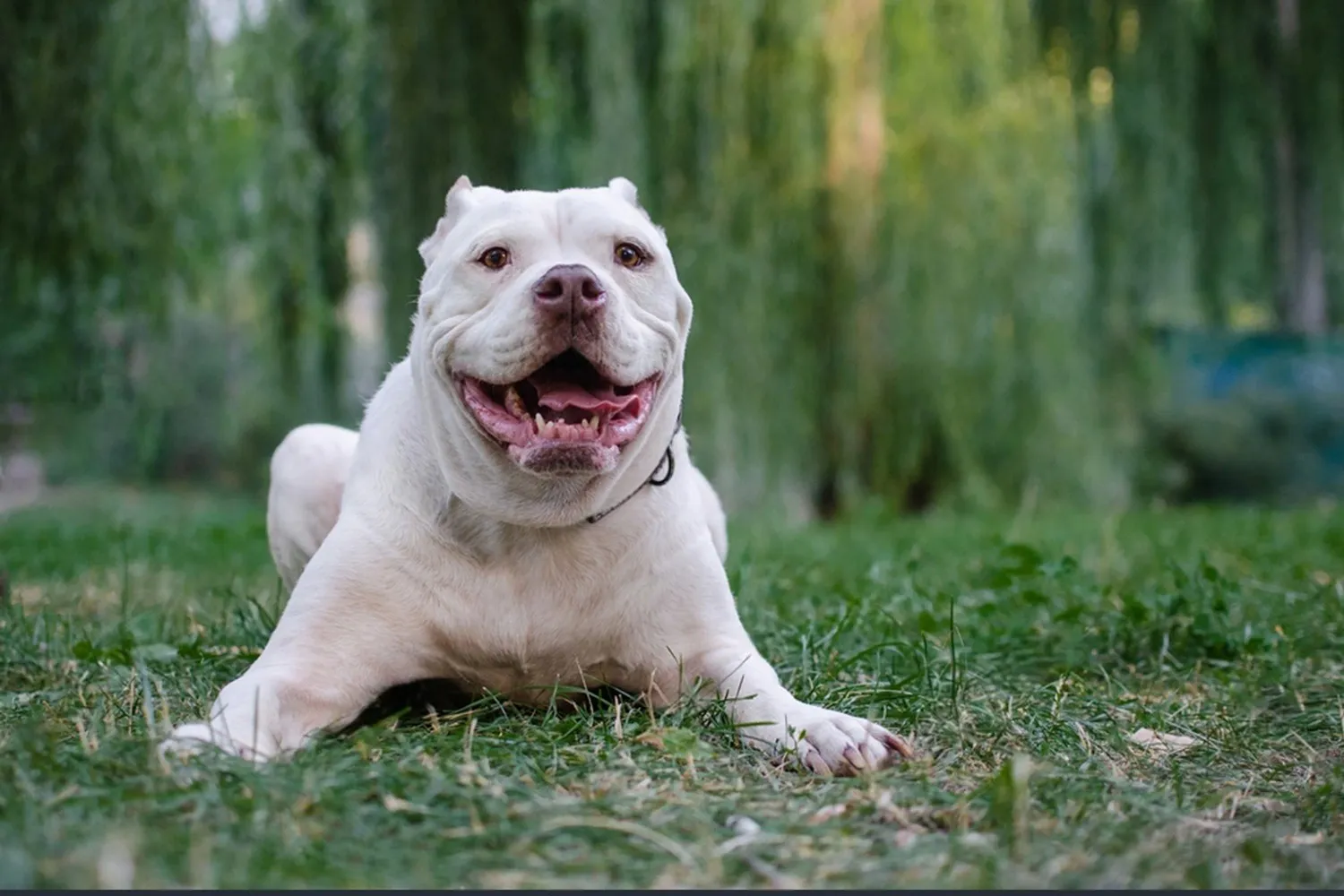
Who Are American Bulldogs Best For?
At first glance, that big square head and gym buff build can make an American Bulldog look a little intimidating. But get to know one and you’ll realize they’re often big hearted goofballs who adore their people. In the right family, they’re wonderfully affectionate and surprisingly gentle. I’ve watched a friend’s Bulldog patiently sit while her twins dressed him in superhero capes. As with any breed, I always remind parents to supervise and teach kids good dog manners no climbing, no pulling, lots of respect and you’ll have a sturdy, loving playmate who wants to be where the family action is.
These dogs come with a healthy dose of prey drive, though. Think “squirrel radar” set to high. If you have cats, rabbits, or other small pets, you’ll need careful management, slow introductions, and a solid training plan. They’re powerful and smart, which is why they tend to suit experienced owners who enjoy training and setting consistent boundaries. Positive reinforcement works wonders. Start early with impulse control (“wait,” “leave it”), a rock-solid recall, and calm greetings. I swear by a well fitted front clip harness and a short, sturdy leash after my first enthusiastic Bulldog foster towed me toward a pigeon, I never went back to flimsy gear. Puppy classes and thoughtfully planned socialization different people, places, surfaces, and sounds build a confident dog.
Plan on one to two hours of daily exercise, split into chunks. It doesn’t have to be all jogging; mix brisk walks with fetch, tug, and brain games. Ten minutes with a flirt pole or a snuffle mat can tire them out more than you’d think. Because of their size and energy, they aren’t always the best match for elderly owners unless there’s support from family, a dog walker, or you’re adopting a calmer adult. I met a retired couple who made it work beautifully by scheduling two shorter walks and hiring a trainer to fine tune leash manners.
Dog to dog relations can be tricky. Some American Bulldogs are selective and may show dominance or aggression with other dogs, especially those of the same sex. Early, careful socialization and ongoing training are essential. I like neutral, side by side walks to introduce new dog friends and I avoid crowded off leash parks until I have a reliable recall and a good sense of their play style. For households that enjoy activity, structure, and a bit of training time, an American Bulldog can be a loyal, clownish companion who will fill your home with muscle, cuddles, and plenty of character.
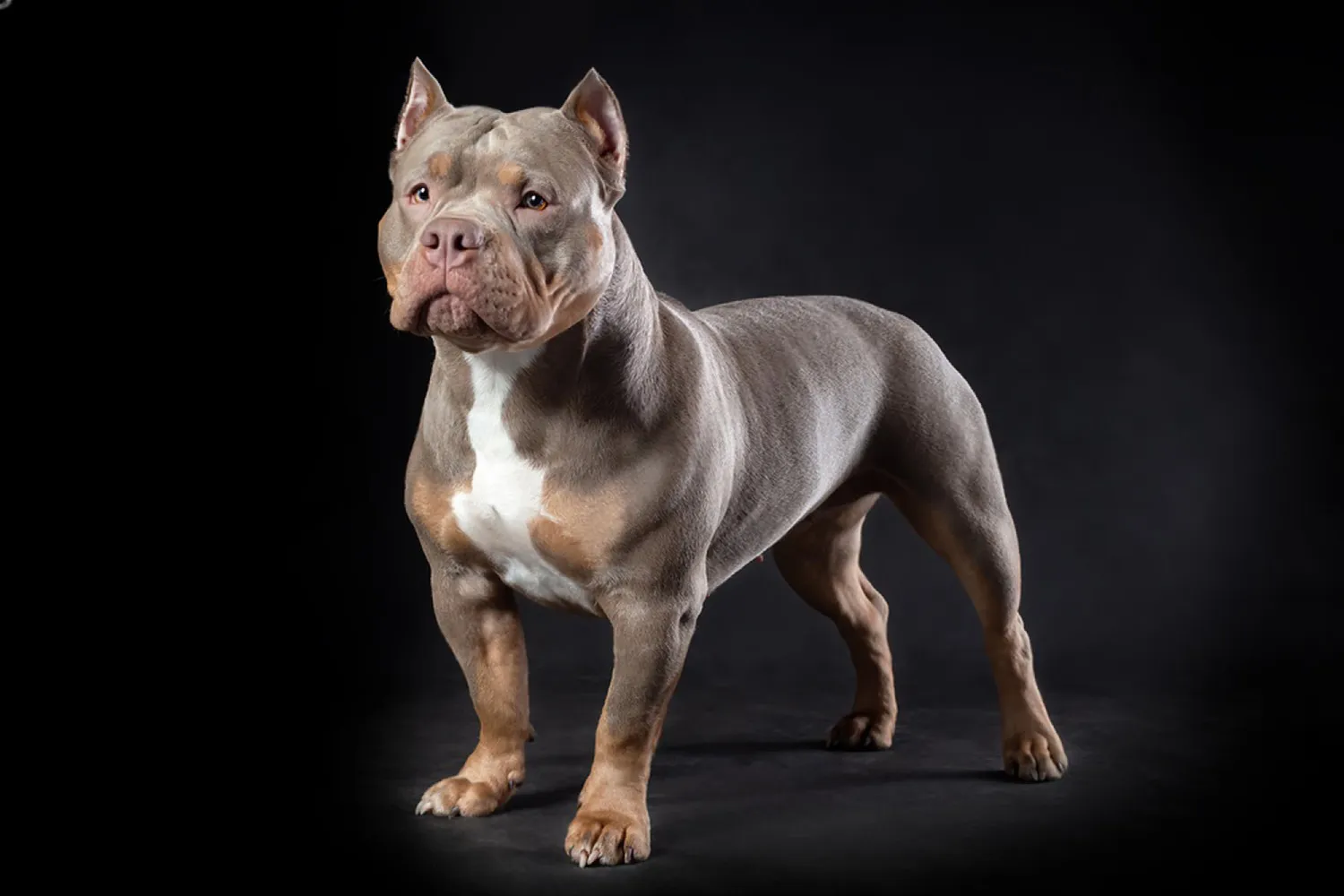
American Bulldog Grooming and Shedding
With their short, no fuss coats, American Bulldogs are wonderfully easy to keep tidy. A quick brush once a week is usually all it takes to keep the coat looking smooth and shiny. I like a rubber curry brush or grooming glove for these guys five minutes on the back porch and you’ll be amazed at how much loose hair you collect. It also spreads those natural oils that make their coats gleam. I used to brush my neighbor’s Bulldog, Gus, while we sat on the steps after our evening walk; he’d lean into the glove like it was a mini massage.
They do shed throughout the year, so a bit more frequent brushing helps keep the tumbleweeds from rolling across your floors. On weeks when you notice more hair, bump it up to two or three quick sessions. A wipe down with a slightly damp microfiber cloth between brushes can catch extra hair and dust, especially after a romp outside. Little house hacks help too: stash a lint roller by the door, toss a washable throw on the favorite sofa spot, and give rugs a weekly once over with the vacuum.
Bathing every six weeks is a good baseline for most American Bulldogs, but let your dog’s lifestyle lead the schedule. If yours is a mud magnet or loves tearing through fields, you may need a bath sooner; if they’re mostly city strollers, you can stretch it out. Use a gentle, dog safe shampoo (oatmeal formulas are great for sensitive skin), rinse thoroughly, and dry well especially in any skin folds and under the neck to prevent irritation. I keep a small towel by the door for a quick paws and belly wipe after rainy walks; it cuts down on full baths and keeps that doggy smell in check.
Round out the routine with the basics: a weekly ear check and clean if needed, nail trims every two to three weeks, and regular teeth brushing. Start young and make it positive smear a lick mat with a bit of peanut butter during grooming and you’ll have a Bulldog who can’t wait for spa day. Keep it simple, keep it consistent, and you’ll have a clean, comfortable buddy who looks as good as they feel.
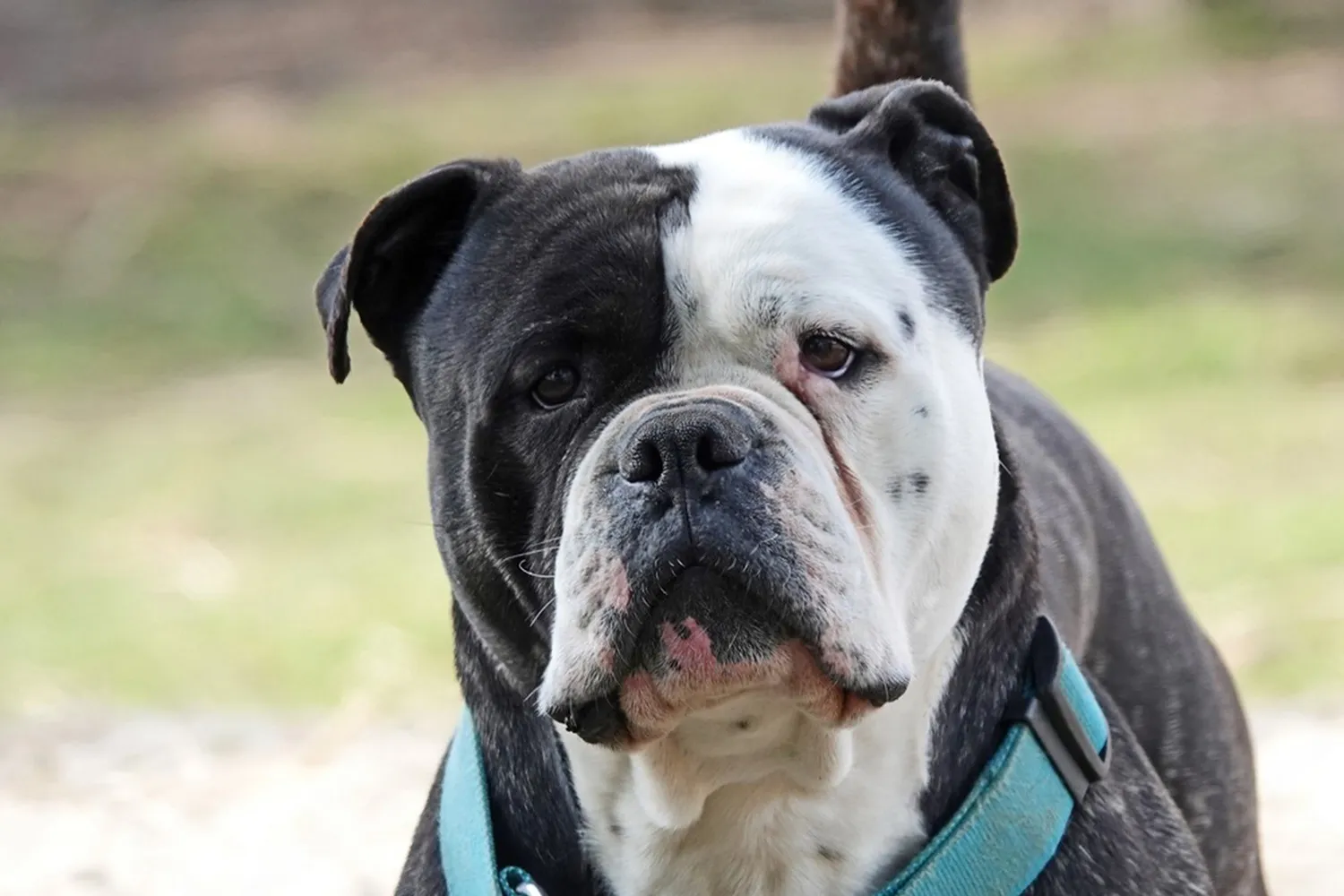
American Bulldog Barking: Causes and Calming Tips
My American Bulldog isn’t a chatterbox by nature, but skip his morning walk and he’ll give the whole neighborhood a stern “ahem.” These dogs generally aren’t excessive barkers; they speak up when they’ve got pent up energy or nothing interesting to do. Boredom can flip the switch from chill to chaotic think zoomies, protest barking, or figuring out what a chair leg tastes like. One rainy week, I learned the hard way that “I’ll walk him later” can translate to “I remodeled the throw pillows for you.”
The fix usually isn’t complicated: movement and mental work. Aim for solid daily exercise brisk walks, a round of fetch, or a flirt pole session and sprinkle in short training breaks. I like to use puzzle feeders, snuffle mats, and frozen Kongs to keep his brain busy when I’m on calls. Rotating chew toys every few days keeps them feeling new, and a five minute trick session can tire him out faster than you’d think.
If barking does start, I redirect early and reward quiet. Teaching a calm “settle” on a mat has been a lifesaver, and closing the blinds can cut down on window commentary. Don’t yell it just sounds like you’re joining the chorus. Stick to a routine, offer plenty of appropriate chews to prevent destructive nibbling, and if barking suddenly ramps up out of nowhere, check for discomfort or big changes at home. A well exercised, busy Bulldog is usually a quiet, happy one.
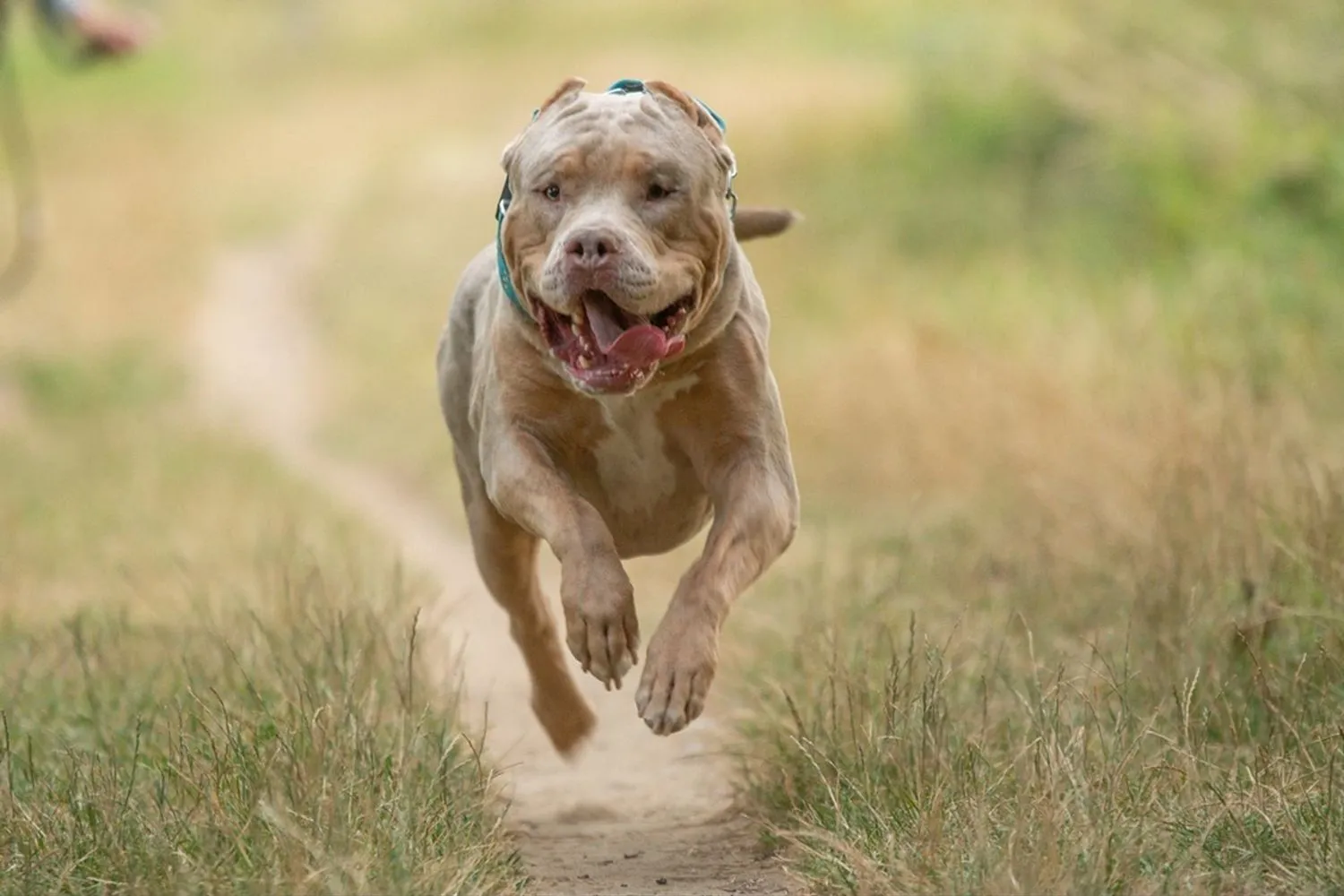
American Bulldog Weight and Size
Built like little powerlifters with goofy grins, American Bulldogs are sturdy, athletic companions. Most stand somewhere between 51 and 71 cm at the shoulder, which means they’re tall enough to rest a chin on your kitchen counter if you turn your back for two seconds. Their height can vary quite a bit, and so can their build some are lean and springy, others are stockier with a big, square chest all well within the normal range.
Adult weight typically falls between 27 and 55 kilos. In my experience, females tend to land on the lighter end while many males fill out heavier, especially once they’ve matured. My friend’s boy hovered around 40 kilos until he hit three years old, then packed on muscle seemingly overnight just from slow, steady exercise and good food. Don’t be surprised if your Bulldog has a lanky phase as a youngster and doesn’t truly “finish” until two to three years of age.
A couple of practical tips: measure height at the withers (that bump between the shoulder blades) to size harnesses and crates correctly. For weighing, I do the hold and step on the scale trick step on alone, then step on while holding your dog, subtract the difference, and reward with a treat for patience. Keep an eye on body condition more than the number on the scale; you should be able to feel ribs with a light touch and see a subtle waist from above. If the “meatball” silhouette appears, it’s time to dial back the snacks and add a few extra strolls.
Because they’re heavy and muscular, protect those joints while they’re growing: avoid repetitive high impact jumps, stick to easy hikes, and focus on controlled play. A balanced diet and consistent exercise go a long way. And yes, they might think they’re lap dogs mine once tried to sit entirely on my knees during a movie night. Forty something kilos of love is still love; just make sure your couch is ready for it.
https://en.wikipedia.org/wiki/American_Bulldog/
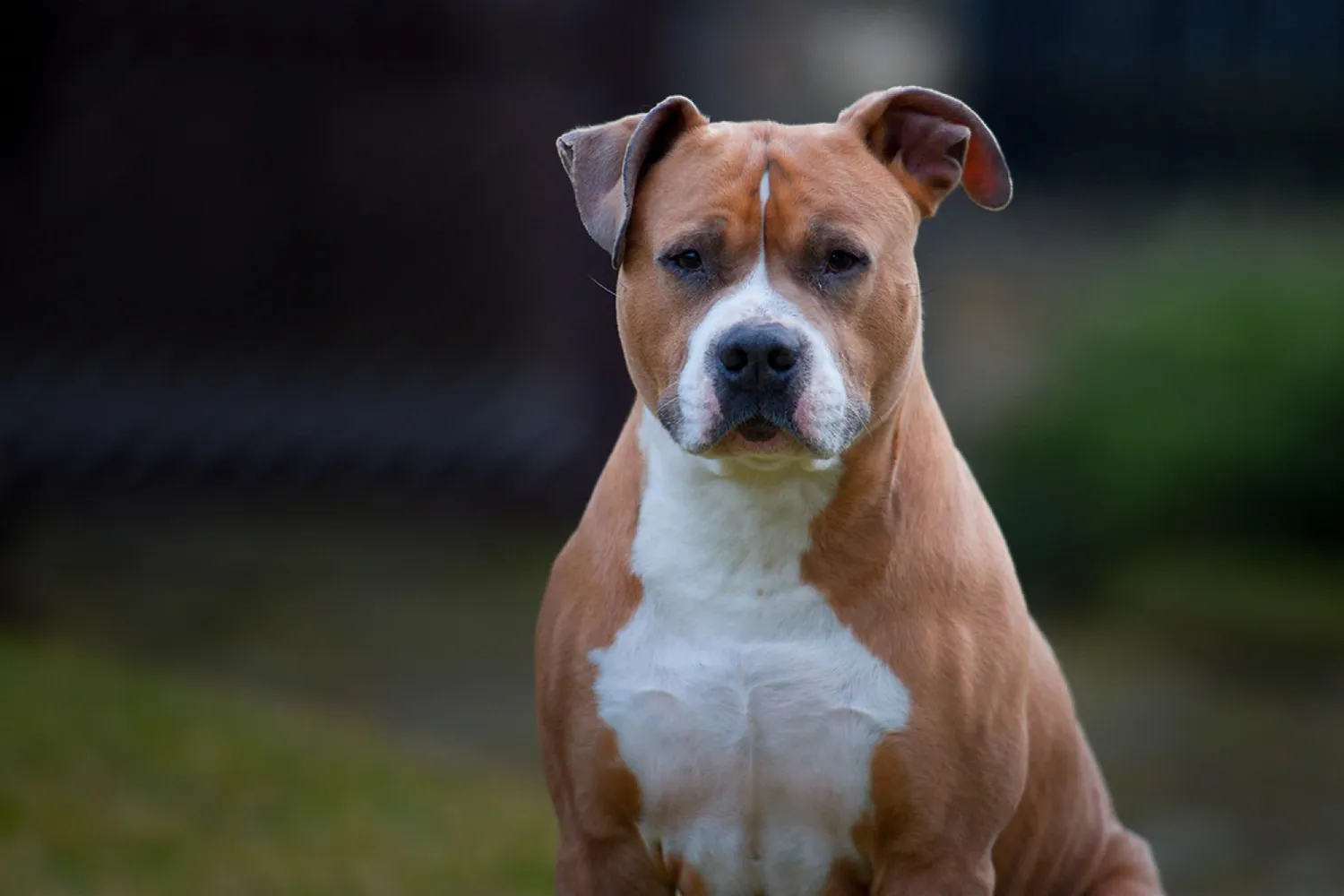
American Bulldog Training
These big hearted athletes thrive when their brains and bodies both get a job to do. I like to start with short, upbeat sessions five to ten minutes sprinkled through the day, and mix in brisk walks, tug games, and puzzle toys to keep them thinking. Early training pays off fast: teach the basics (sit, down, stay, come) while they’re still small, and socialize them with dogs of different sizes and play styles. I always bring high value treats and a calm voice, and I end sessions while the dog still wants more.
As they grow into that powerful adult frame, impulse control becomes your best friend. Practice “sit to greet,” loose leash walking, “leave it,” and a solid recall on a long line. My friend’s American Bulldog, Bruno, turned a corner when we made recall a game hide and seek in the yard with a squeaky toy reward. Keep training fun and varied so their mind doesn’t wander: try scent games, short trick chains, or quick obedience sprints between fetch throws.
Consistency is the secret sauce. Use the same cues, keep rules the same for everyone in the house, and celebrate the little wins. A well trained American Bulldog is a joy confident, manageable, and still wonderfully goofy.
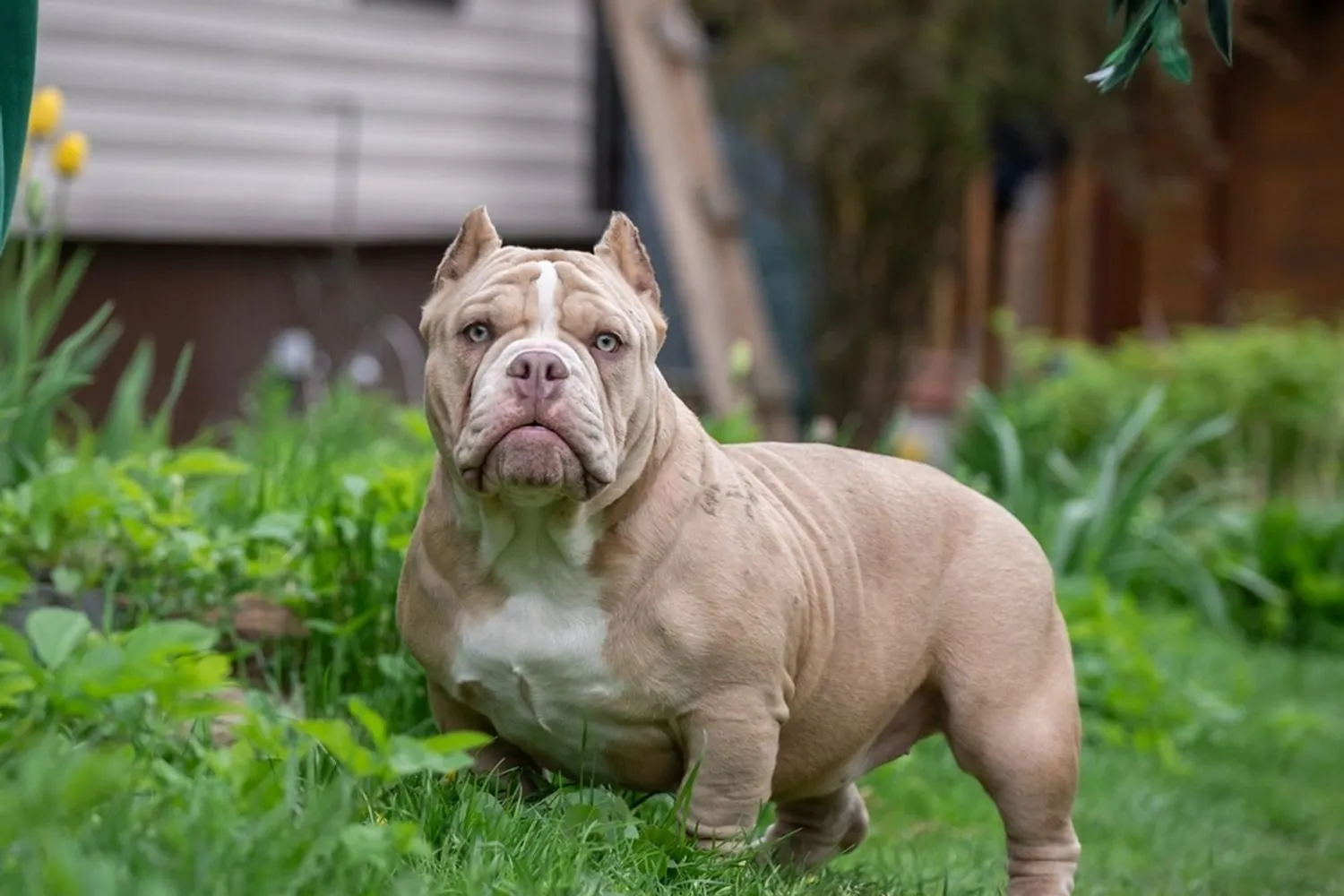
American Bulldog Temperament & Personality
People are often surprised when they get to know an American Bulldog beyond that big, muscle bound look. Sure, they’re strong and confident, but so many of them are total softies at heart friendly, affectionate, and eager to be part of whatever their people are doing. I once met a blocky headed charmer at a Saturday market who insisted on leaning his entire weight against my legs until I obliged with a good ear rub. They’re the kind of dog that will follow you from room to room, curl up at your feet, and give you that goofy grin that says, “What’s next, buddy?”
They’re excellent with kids, especially when they’ve grown up together. My niece used to read to our neighbor’s American Bulldog on the porch he’d sit there, head cocked, like he was hanging on every word. That loyalty is wonderful, but it can bring out a defensive streak. Early training and steady socialization really matter: practice calm greetings at the door, introduce them to visitors and new places, and teach solid basics like place, leave it, and recall. I like to set clear house rules from day one no rushing the door, wait politely for meals, and settle on a mat when guests are over. With consistent guidance and positive reinforcement, you get the best of both worlds: a devoted family clown who’s loving, trustworthy, and well mannered wherever you go.
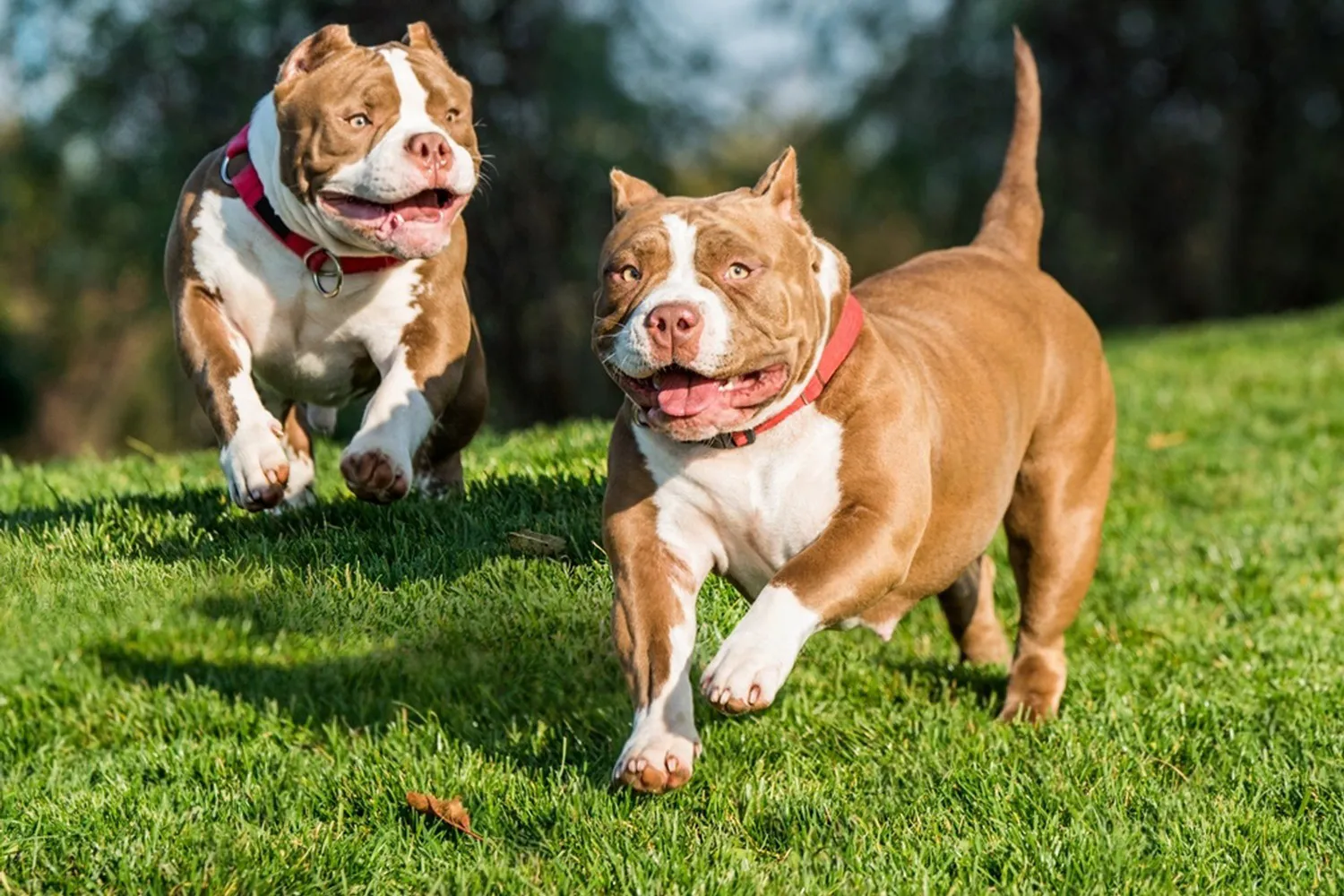
American Bulldog Health Issues and Care Tips
American Bulldogs were developed by mixing English Bulldogs with other working dogs, and that working dog heritage really shows. Compared to their English cousins, they tend to have fewer health headaches. Still, no breed is totally trouble free. Over the years, I’ve learned that a little prevention and quick attention to small signs can save a lot of stress (and vet bills).
Let’s start with the big one: obesity. These blocky charmers love their food, and those soulful eyes are professional level beggars. I made the mistake of free feeding my first Bully for a month he packed on pounds faster than my sneakers could keep up. Measuring meals, using a slow feeder, and swapping calorie heavy treats for crunchy veggies made all the difference. You should see a tucked waist from above and feel ribs with a light press. Weekly weigh ins at home or the vet keep you honest.
On the orthopedic side, hip dysplasia can crop up. It’s when the hip’s ball and socket don’t grow quite right, which can cause stiffness or a “bunny hop” run. Keeping your dog lean is your best defense, and thoughtful exercise helps short, steady walks, gentle hill work, and swimming if your dog enjoys it. Rugs over slippery floors, ramps instead of stairs, and joint supportive beds are simple home tweaks. Your vet may manage this with medication and supplements, and in some cases, surgery is the right call.
Patellar luxation is another joint issue where the kneecap slips out of place. You might notice a quick skip in their step or a yelp mid trot, then they’re fine again. Strengthening the surrounding muscles through controlled walks and avoiding sudden twisting games can help; your vet can guide you on whether conservative care or surgery makes sense.
Eye concerns are worth watching. Cherry eye looks dramatic a small, red bulge in the corner of the eye but it’s more uncomfortable than truly painful. My friend’s pup had it pop up on a Sunday afternoon; a warm compress kept him comfortable until the vet prescribed medication, and later a simple procedure set it right. Dry eye is more subtle: stringy discharge, frequent blinking, or redness. It’s usually managed with prescription drops, and once you get into a routine, it becomes second nature like brushing teeth.
Lastly, hyperthyroidism can interfere with metabolism and lead to weight gain and sluggishness. If your Bulldog seems to be adding pounds despite careful feeding, ask your vet for a thyroid check. A simple blood test and daily medication can get things back on track, and the change in energy can be remarkable.
Big picture: steady exercise, a well portioned diet, and regular checkups are your best toolkit. I like to keep a little health notebook weights, any limps or eye gunk, energy levels so I can spot patterns early. American Bulldogs are sturdy, cheerful companions; with a bit of proactive care, they stay that way for years.
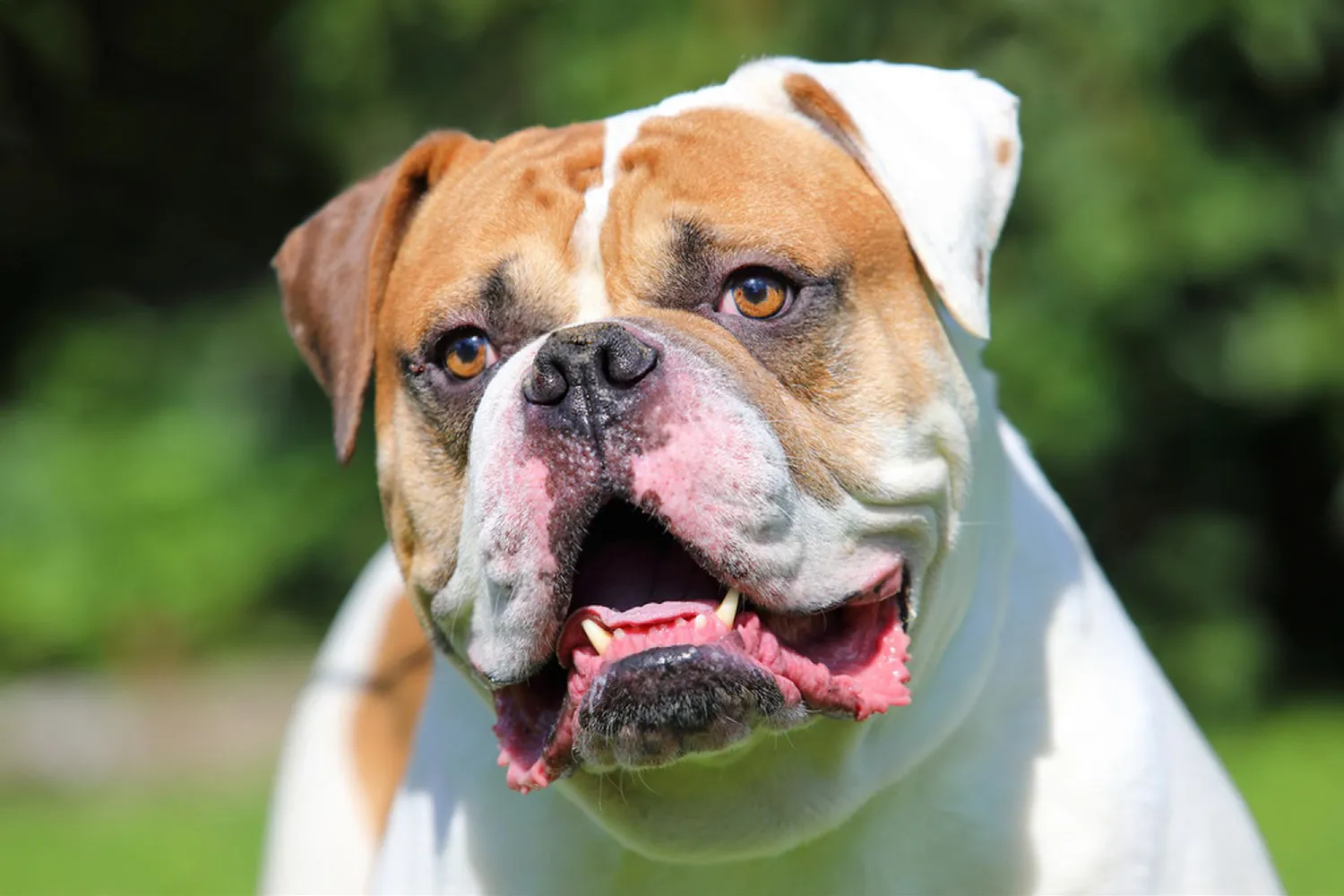
American Bulldog Lifespan
Most American Bulldogs settle into a good, long stretch of life typically 10 to 15 years if you keep up with the basics: smart breeding, a balanced diet, and steady, sensible care. My neighbor’s old boy, Duke, is pushing 13 and still does a proud little trot to the mailbox every morning. He’s not on any magic potion; it’s just lean meals, daily walks, and a routine that suits his body as he ages. Compared to the English Bulldog, which often averages 8 to 10 years, the American Bulldog tends to be a bit hardier thanks to its working dog roots.
If you’re hoping for the long side of that range, focus on the small things that add up. Keep them fit, not fluffy those soulful “second dinner” eyes are persuasive, but extra pounds are rough on joints. Regular exercise is key: brisk walks, tug, and short fetch sessions beat endless stair runs or high impact jumping. I also watch heat and humidity on summer days; these dogs are athletic, but they still appreciate shade and water breaks. Routine vet checkups, dental care, and good quality food make a real difference, and if you’re choosing a puppy, ask about health testing for hips, elbows, and heart. As they get older, trade marathon workouts for shorter, frequent strolls, add a cozy bed for their joints, and keep their minds busy with easy puzzles and training refreshers. One time I taught my senior girl a new “spin” trick at 10 years old she beamed like a puppy. With thoughtful care, these big softies often give you many happy, wiggly years.
Feeding Your American Bulldog Right
Feeding an American Bulldog is a balancing act: you want to fuel that go go go energy without letting extra pounds sneak on. These dogs are often very food motivated, so portion control is your best friend. I always use a measuring scoop instead of eyeballing, and I stick to set mealtimes rather than free feeding. A simple body check helps you know when to tweak portions you should be able to feel ribs without pressing hard and see a slight waist from above. One winter my buddy’s Bulldog, Tank, put on a few surprise pounds because we kept “just a handful” of treats handy. Now we follow the 10% rule for treats and lean on healthy nibbles like carrots or green beans. Keep fresh water down at all times, and if your dog eats too fast, a slow feeder bowl can make a world of difference.
Puppies grow quickly, so focus on a high-quality diet that supports steady development. A large breed puppy formula can help regulate growth and provide balanced calcium and phosphorus great for building strong bones without overdoing it. Feed smaller meals more often (typically 3-4 times a day at first), and check in regularly with your breeder and your vet to adjust the plan as your puppy grows. I like to keep a little journal of weight, appetite, and stool quality; it makes conversations with the vet much easier and helps spot patterns early. Any time you switch foods, do it gradually over a week to avoid tummy troubles.
As your Bulldog matures, most do well on two meals a day. Activity level matters a weekend hiking companion may need a bit more than a couch cuddler. If you’re training, use teeny training treats or deduct from the daily ration to keep calories in check. I also avoid rough play right after meals and give some downtime to let food settle. And when in doubt, ask your vet; a quick body condition check and a few small tweaks can keep your American Bulldog fit, happy, and ready for the next adventure.
American Bulldog FAQs
Is an American Bulldog ideal for a first time dog owner?
They can be wonderfully friendly and often adore kids, but remember they’re big, powerful, and full of energy. That combo can be a lot for a brand-new owner to handle without some training know how. If your heart’s set on one, I’d line up a good puppy class or a reputable trainer from day one, set clear house rules, and commit to daily exercise that tires both body and brain. I still laugh thinking about my first leash session with a burly bully type pup my arms got a workout until I switched to a front clip harness and started rewarding calm walking. With structure and consistency, you can do it, but it’s not the easiest “starter” breed.
Do American Bulldogs suffer from separation anxiety?
These dogs are social butterflies at home and form deep bonds, which is lovely until you need to leave. Many do struggle when left alone, so build up “alone time” slowly. Practice short departures, leave a safe chew or stuffed puzzle toy, and keep goodbyes low key. I use a simple routine lights on, white noise, a frozen Kong, and a cheery “back soon” and it makes a world of difference. If you work long hours, a midday dog walker or doggy daycare a couple times a week can help.
Are American Bulldogs hypoallergenic dogs?
Nope. They’re not hypoallergenic, and those short coats shed all year. If allergies are a concern, this isn’t the best match. If your symptoms are mild and you’re determined, meet a few adult Bulldogs first to see how you react, and keep up with cleaning HEPA vacuum, frequent laundering of dog beds, and a lint roller in every room. But severe allergy sufferers will be happier with a low shedding breed.
Will an American Bulldog need professional grooming?
Not usually. Their short coats are easy regular brushing is plenty, and a bath about every six weeks keeps them fresh. I like a rubber curry brush in the yard; it pulls loose hair and they think it’s a massage. Don’t forget the basics: nail trims, ear checks, and teeth brushing. I also keep a “drool towel” by the door comes in handy after water bowls and enthusiastic greetings. A groomer isn’t required, but it can be convenient for nail trims or a thorough tidy up if you’d rather not do it yourself.
Disclaimer:
This article is for informational purposes only and doesn’t replace professional veterinary or training advice. Always consult a certified vet or dog trainer for guidance specific to your pup.

